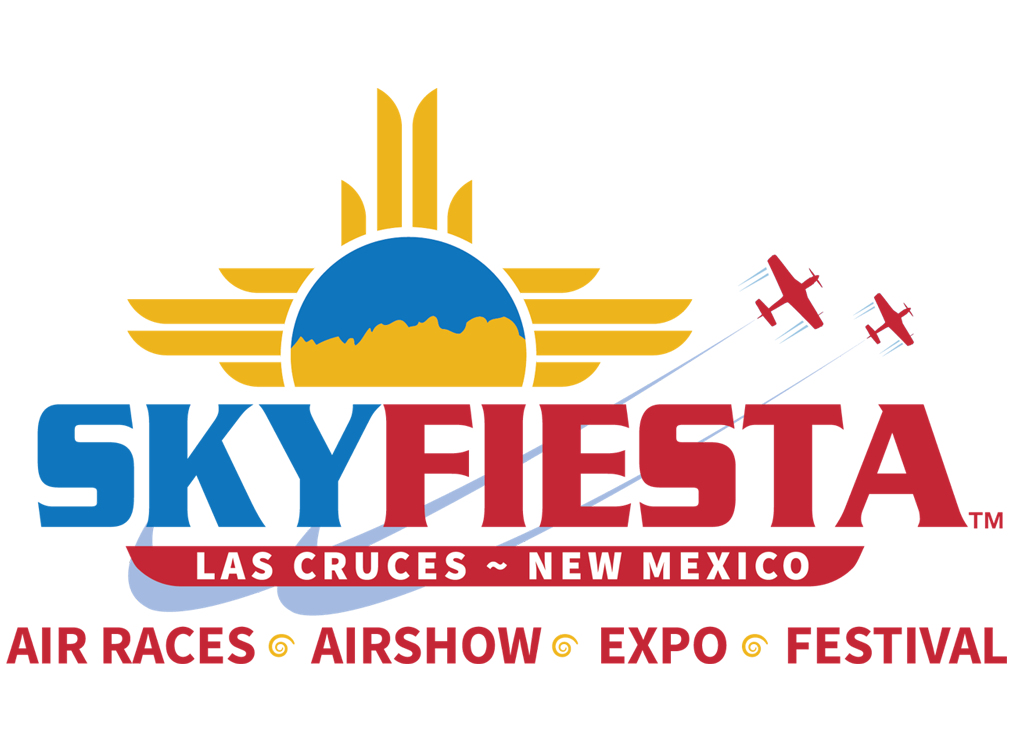
City of Las Cruces Launches Historic Aviation Event and Community Fiesta
For the past two years the City of Las Cruces has produced the Las Cruces Air & Space Expo each October to achieve proof of

For the past two years the City of Las Cruces has produced the Las Cruces Air & Space Expo each October to achieve proof of
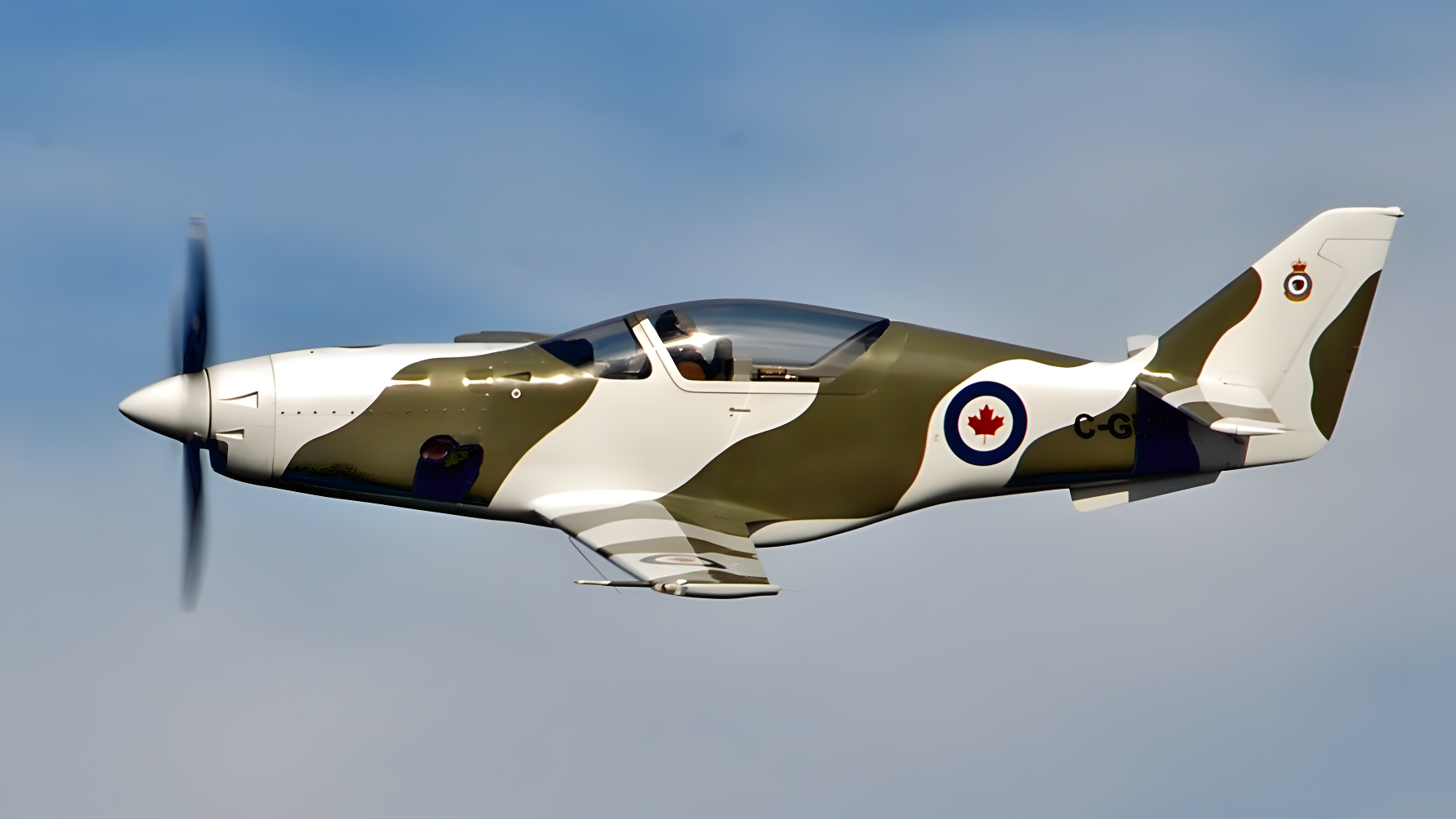
The Sport Class Air Racing Association is excited to announce a significant update to its rules for 2025 and into the future. The “Race Class
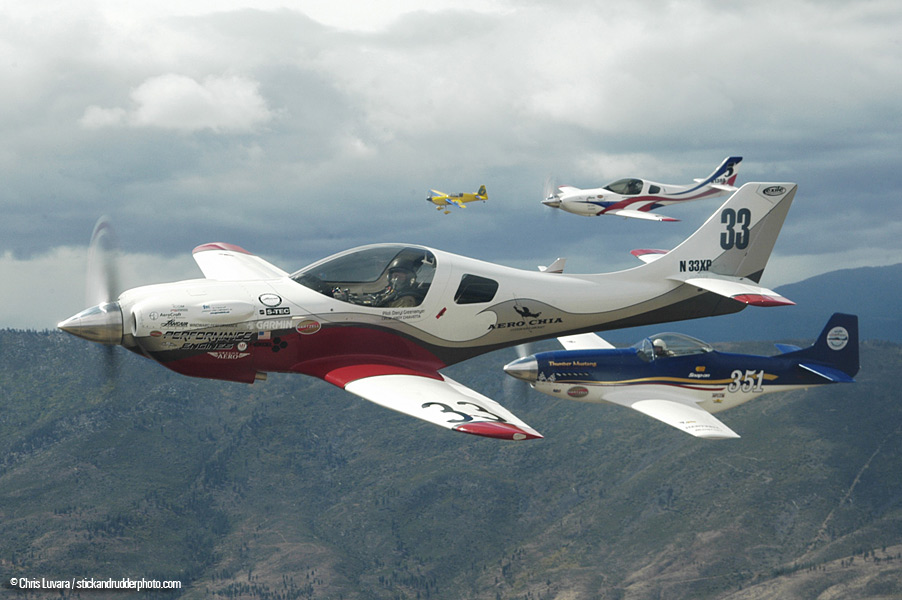
Pylon racing is back at the Las Cruces Air & Space Expo 2024! Sport class will be racing in 3 heats on Saturday and 3

The City of Las Cruces and its growing airport are proud to host the Air & Space Expo Saturday October 21, 2023 for its citizens
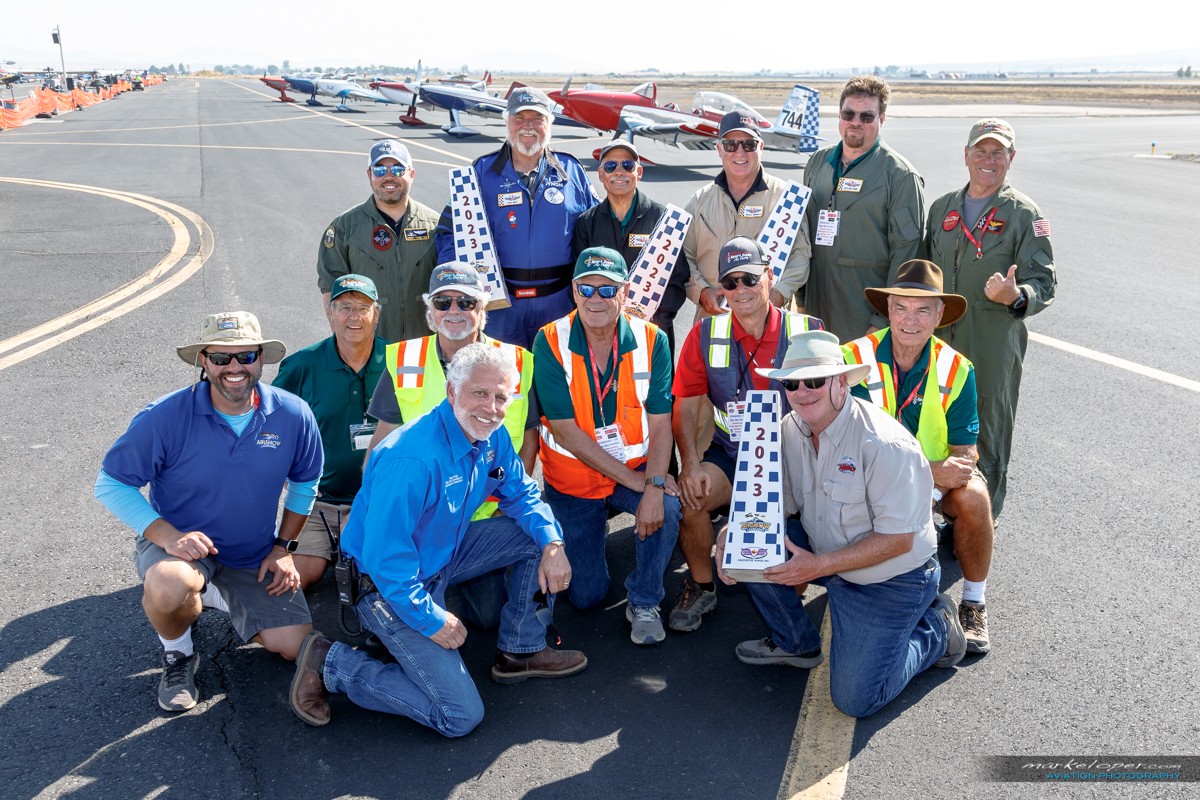
At the Central Oregon Airshow of the Cascades in Madras, Oregon this past weekend, the Sport Air Racing Council (“SARC”), a subsidiary of Sport Class
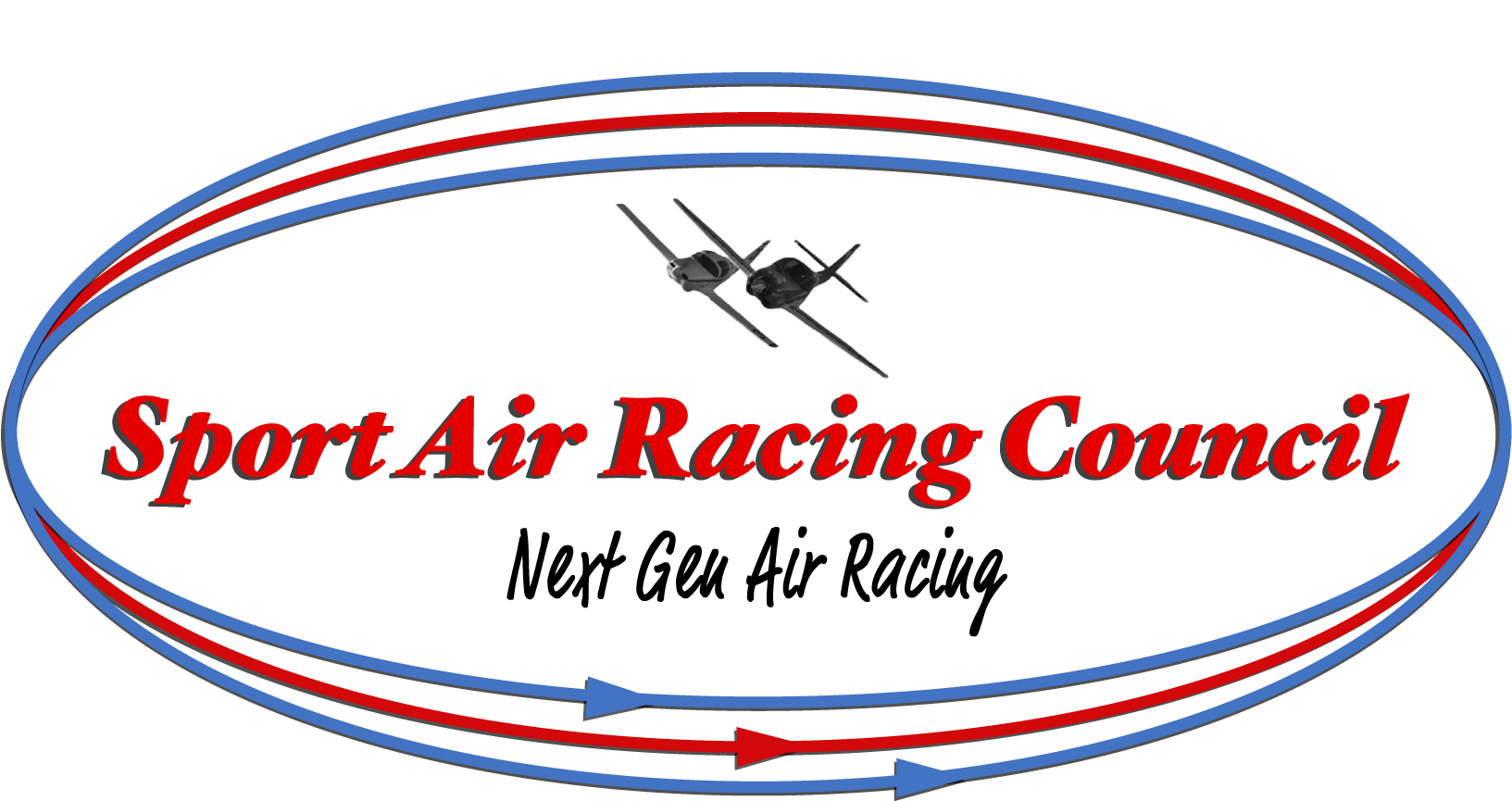
The Sport Air Racing Council are excited to confirm that we will be holding a demonstration air race at the 2023 Airshow of the Cascades
The purpose of the Sport Class Air Racing Association is to highlight new and innovative work being done in the development of high performance kit built aircraft. Please contact us if you would like to become a member and race with some of the best in the world. ~Admin